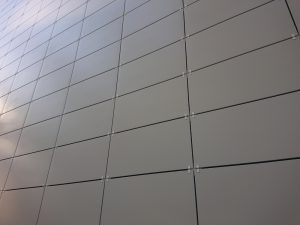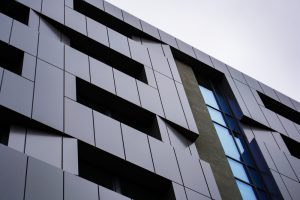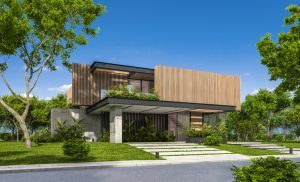Today we will be discussing the ins and outs of stucco facades so that you can have more information when deciding whether or not they are relevant for your next home improvement job. So let us dive into the Stucco options you have and then we will go into some of the benefits and downsides of choosing this type of exterior for your home.
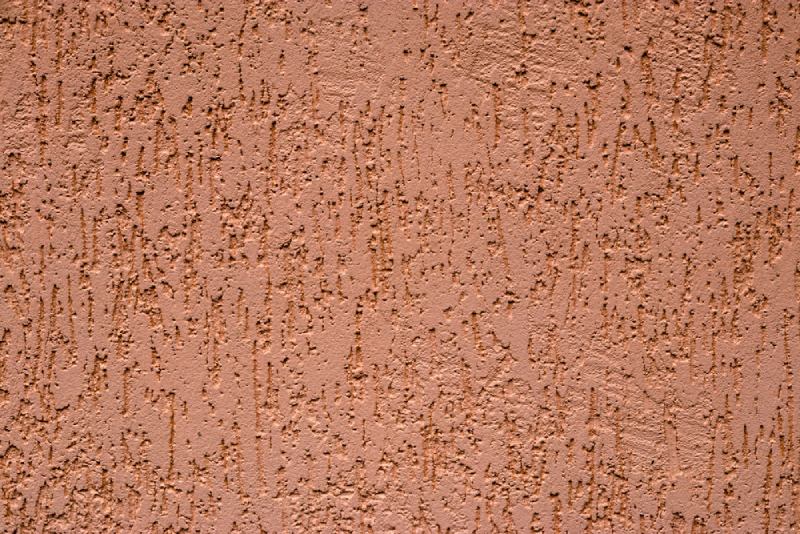
What is a Stucco Facade?
Made up of cement, aggregate, and water, Stucco is essentially an exterior plaster facade that is commonly used together with stone, concrete, and brick. Stucco has similarities to concrete and can be applied in all sorts of textures and colors. In comparison to other facade systems, it has a more aesthetically pleasing appearance, has resistance to fire, is quite durable, and can be maintained simply. A stucco facade can basically last over fifty years depending upon the local environment, whether or not it was properly installed, to begin with, and if it was maintained over time. There are two types of stucco: Direct Applied Stucco and Stucco Applied over Lath.
Direct Applied Stucco
Usually applied in two coats, direct applied stucco is applied directly to concrete. One coat of stucco is applied to the substrate followed by a thin finish coat that could use many different colors and finishes. There are basic standards for applying stucco including the thicknesses to be used for each layer, the proportions of material to cement in stucco, and how to prepare the underlying layer. You need to design a wall system as a barrier so that the stucco can be applied directly to it. In this type of system, the outside surface of the stucco acts as the primary resistance to moisture and should be coated with a waterproof sealant. In this case, the solid wall has no cavity to drain the liquid that comes from the outside. Maintaining the stucco facade is important because the exterior is the main point of moisture resistance. Cracks will lead to leaks inside the building so it is best to maintain this facade.
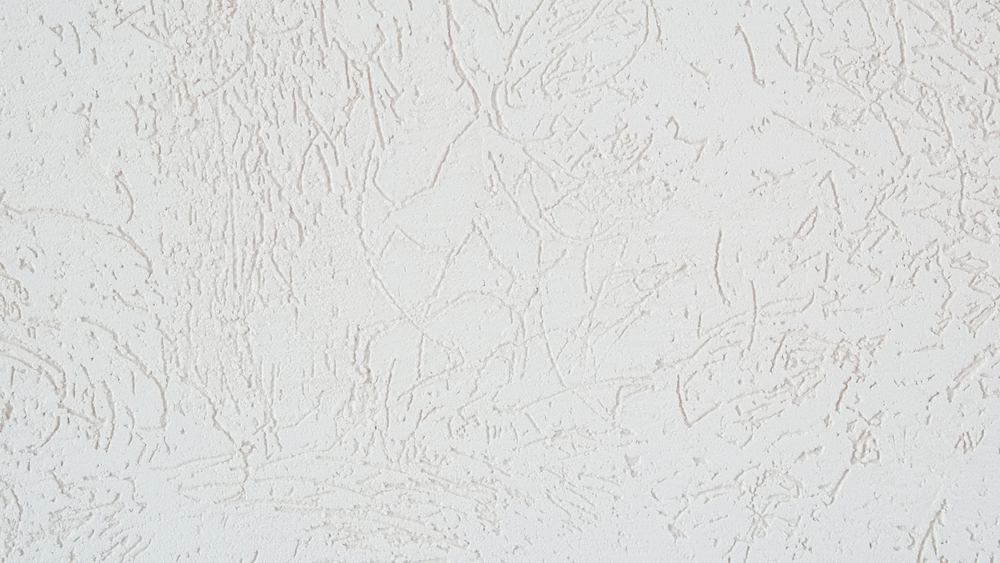
Stucco Applied Over Lath
This process includes three layers: scratch coat, brown coat, and finish. The first coat is applied to the lath, which is typically attached to wood or steel studs, unit masonry, or concrete substrate. Then it is scored horizontally so that the next coat can be applied. After the brown coat is applied for a smooth finish, the top coat is added.
Cracking can occur in stucco facades because of the very brittle nature of the material. Often, this issue can happen as a result of uneven thicknesses across the finish (which is most often due to an improper installation of the substrate typically in direct applied stucco). It can also happen because of improper material mixing at the time of placement, excessive shrinkage during the drying process due to the stucco not being properly moisture cured, and lastly, improper spacing of control joints.
It is for the aforementioned reasons that stucco is commonly used in tandem with other facade types. It is common to see homes with stucco only on the front or merely wrapped around door frames or garages. Stucco is also used often when renovating homes as it can easily be applied to existing brick, concrete, or wood exteriors creating an easy modern, and updated look, like a new coat of paint.
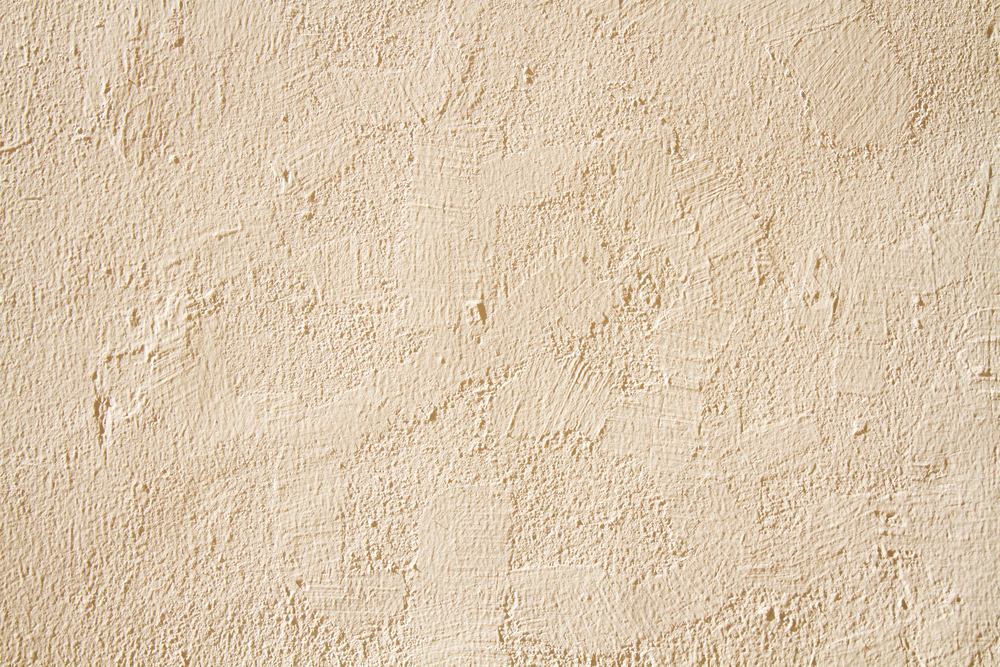
Conclusion
Overall stucco can be a great option for the exterior of your home. While there can be some downsides, stucco can be applied with all sorts of textures and colors, giving you the freedom to play around. The aesthetically pleasing appearance is resistant to fire and can be maintained easily. With the right installation and the proper maintenance a stucco facade can last you a solid 50 years so you don’t have to worry about replacing it. It is highly suggested to seek out experienced external facade specialists to guarantee the outside of your home, no matter what it is made of, is installed correctly. FrontTek is highly known for its breadth of options when it comes to exterior facades so whether you choose to go stucco or try one of our unique panel options, your home will look beautiful no matter what!



